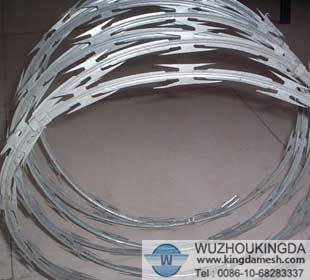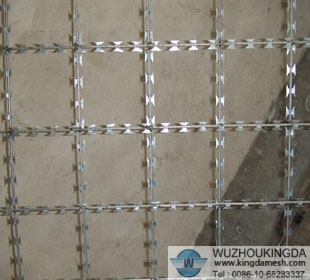Guide to Building a Barbed Wire Fence
Guide to Building a Barbed Wire Fence
Barbed wire fences are one of the most common types of fences used in farming or other operations where you need to keep animals in. The barbs on the wire help to deter animals from passing, and when installed correctly a barbed wire fence will last a lifetime. However, there are a few principles when building a barbed wire fence to ensure the longevity and strength of the fence.
Corner Posts
Corner posts are the foundation of every barbed wire fence. They can be any type of timber material, but a common method is using old railroad ties as the corner posts. Single span assemblies are used for spans of 165 feet or less, while double spans are used for lengths up to 600 feet. A single span is two posts sunk at 42 inches deep into the dirt and then braced with a horizontal brace post, while a double span is three posts with two brace sections. The termination point of any barbed wire fence attaches to theses posts for stability.
Proper Stapling
While the barbed wire is wrapped around the final corner post to anchor it in place, staples are also required as part of the anchoring method. However, it is important that the fence staples are hammered into the corner posts at the proper angle, as nailing them incorrectly can cause the staples to come out over the years due to the pressure on the wire. Staples should be hammered in at a roughly 45 degree downwards angle, so the sharp ends of the staples angle downward into the wood over the strand of wire.
Interval Posts
Interval posts are the anchoring sections that the wire attaches to in between the corner posts. While you can use metal T posts or wooden posts that have been sharpened on one end and driven into the ground, the preferred method for a long-lasting fence is metal T posts, as the flanges on the ground end act as anchors once they have been driven into the soil, keeping the post in place even under the pressure of the wire. Wooden fence posts have no such flanges, and are more prone to loosening over the years.
Wire Taughtness
The tightness of the wire is important to the overall strength and durability of the fence. If the wire is too loose, inquisitive animals may find a way to work their bodies in between the strands of barbed wire. When you are attaching the wire to your interval posts, each strand should be tight enough that it requires some effort to push it in place and attach it to the post with fence ties. Each strand should be tight, but not impossibly tight, such as when it requires two hands or more to push a strand into place at the proper height along a fence post.




